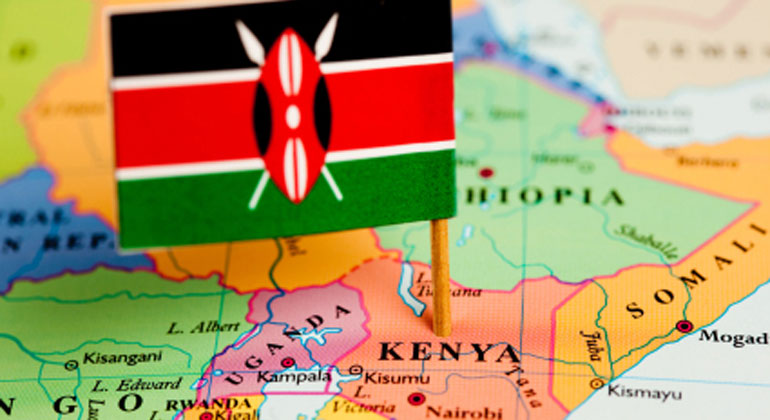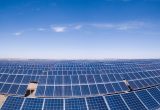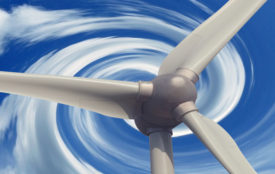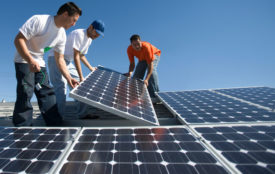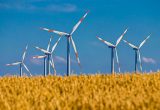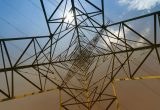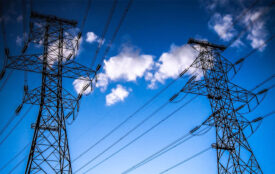Nearly 70 percent of Kenyans rely on kerosene for lighting: survey
The survey titled Exploring Kenya’s Inequality: Pooling Apart or Pooling Together by Society for International Development (SID) and Kenya National Bureau of Statistics (KNBS) indicates that kerosene tin lamps form the bulk of modes of lighting used in the country.
Some 38 percent of Kenyans use tin lamps, followed by 30 percent lanterns and 23 percent electricity. The rest use firewood (4 percent), solar (2 percent), gas and pressure lamp (1 percent each).
“The use of electricity is 10 times more in urban areas than it is in rural areas. Some 84 percent of households in rural areas use tin lamps and lanterns for lighting compared with 46 percent of households in urban areas, a difference of 39 percentage points, “ said the report. “While the use of fuel wood for lighting in rural areas is significantly high at 7 percent, the use of solar for lighting is only 1.6 percent countrywide,” it added.
According to the report, a household in the capital Nairobi is 36 times more likely to have electricity for lighting than a household in Turkana and Tana River counties, some of the most under-developed regions.
Huge energy divide
The figures point to a huge energy divide in the East African nation, with the most affected being the rural dwellers. The same scenario is replicated in cooking energy, where 65 percent of Kenyans use what the researchers call ‘primitive’ fuels. They include firewood, animal and agricultural waste. Others use transitional fuels namely charcoal, kerosene and coal, while a smaller number liquefied petroleum gas (LPG), bio fuels and electricity.
“Firewood is the most popular primitive fuel used at 64 percent followed by transitional fuels, charcoal at 17 percent. Only 6 percent of households use advanced fuels, mostly LPG (5 percent). The use of advanced and transitional fuels is 16 times and 7 times more respectively in urban areas than in rural areas,” said the report, adding that the use of primitive fuels is four times more in rural areas than in urban areas. The use of LPG in Nairobi is 56 times more than in Mandera, a county in Northern Kenya.
“Lack of access to clean sources of energy is a major impediment to development through health-related complications such as respiratory infections and air pollution. The type of cooking fuel used by households is related to the socio-economic status of households,” said the report.
Lack of clean water
The survey further indicated that only 50 percent of Kenyans have clean sources of water. “The highest access is in urban areas with 72 percent. About 24 percent of water in Kenya is piped, six percent to dwellings. Only 0.7 percent of Kenyans collect rain water,” added SID and KNBS researchers.
And when it comes to economic activity, majority of Kenyans are engaged in agriculture on family owned land (32 percent) while 7.7 percent have no work.People working in urban areas are 2.4 times more likely to get paid that their rural counterparts, said the report.
Download the full report “Exploring Kenya’s Inequality – Pulling Apart or Pooling Together?”
